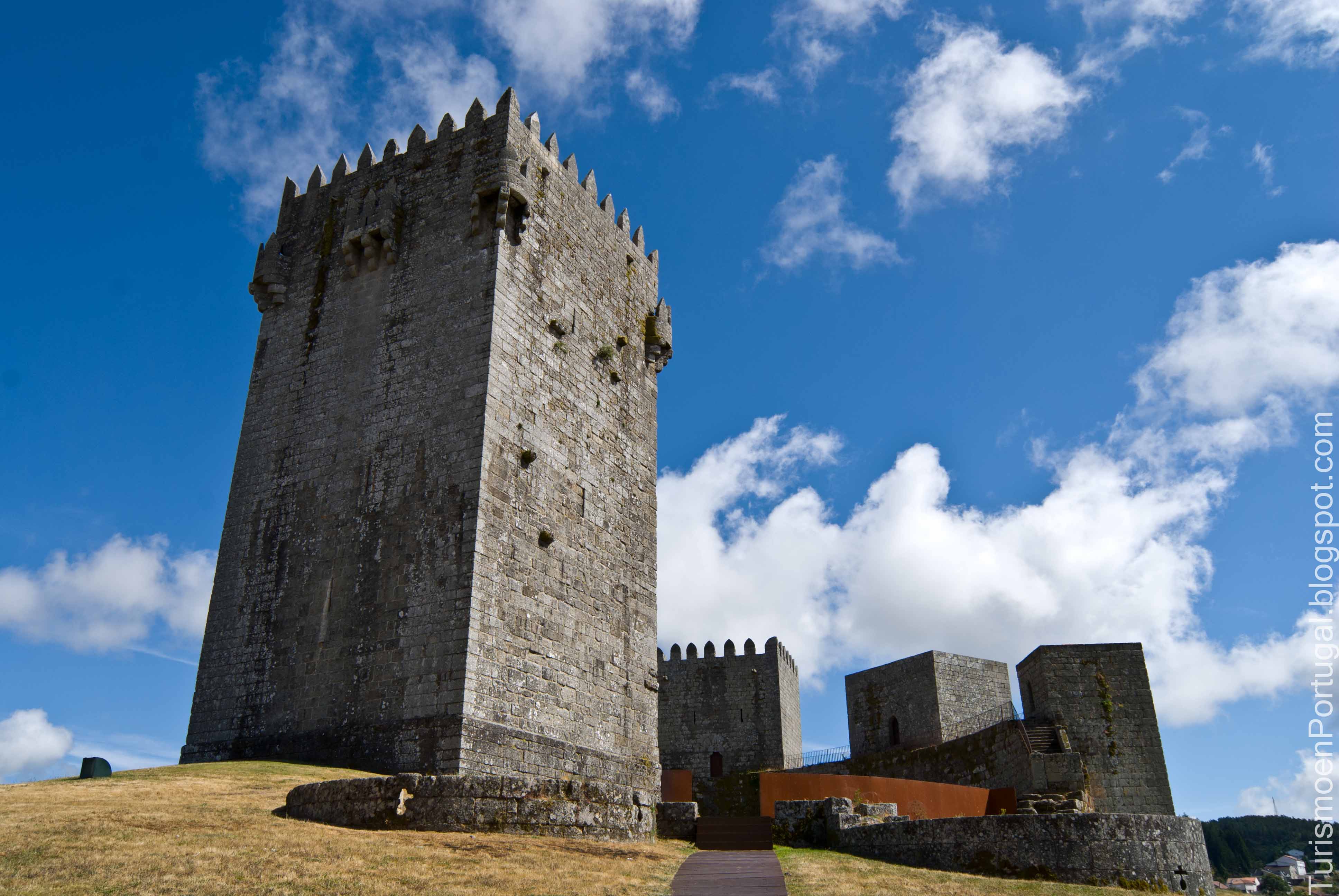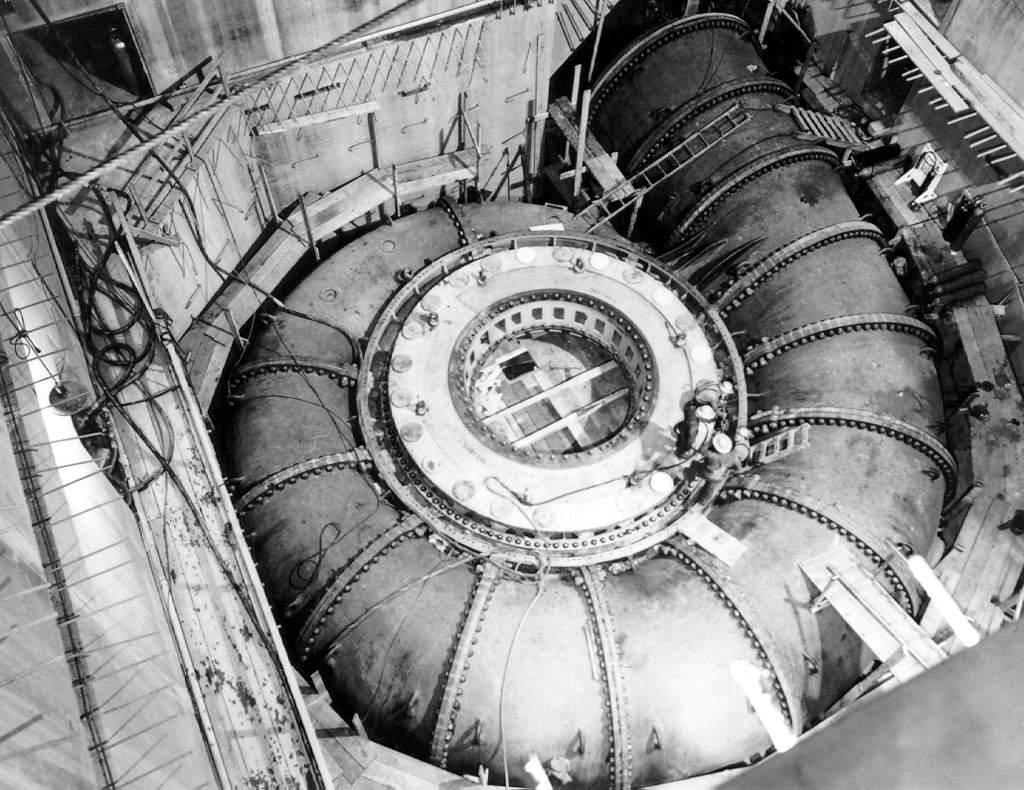|
Alto Rabagão Dam
Alto Rabagão Dam () is a concrete dam on the Rabagão River, a left tributary of the Cávado River. It is located in Peneda-Gerês National Park, in the municipality Montalegre, in Vila Real District, Portugal. Construction of the dam began in 1957. The dam was completed in 1964. It is owned by ''Companhia Portuguesa de Produção de Electricidade'' (CPPE). The dam is used for power production. Dam Alto Rabagão Dam is a 94 m tall (height above foundation) and 1,970 m long concrete dam, which is composed of an arch dam in the center and gravity dams on both sides. Its crest altitude is 880 m. The volume of the dam is 1,117,000 m3. The dam contains a crest spillway with 2 gates (maximum discharge 500 m3/s) and a bottom outlet (maximum discharge 360 m3/s). Reservoir At full reservoir level of 880 m (maximum flood level of 880.1 m) the reservoir of the dam has a surface area of 22.12 km2 and its total capacity is 568.69 mio. m3. Its active capacity is 557.92 (550 or 550.1) mio ... [...More Info...] [...Related Items...] OR: [Wikipedia] [Google] [Baidu] |
Montalegre
Montalegre (), officially the Town of Montalegre (), is a municipality in northern Portugal, located in the district of Vila Real, along the border with Spain. The population in 2011 was 10,537, in an area of 805.46 km². History Early construction in Montalegre date back 3500–4000 years when early inhabitants, around the villages of Mourela, Veiga and Vila da Ponte, buried their dead in funeral mounds. Vestiges of this culture predominate the region, and suggest that settlements have been ongoing since the Metal Ages. Celt colonies began to appear afterward, constructing castros in many of the places that developed into formal settlements. With the arrival of the Romans, bridges and formal roads began to appear, while many of the castros began to be converted into Roman encampments, later the nuclei of formalized settlements. Remains of the Roman civitas are still common: ''Praesidium'' (in Vila da Ponte, popularly known as ''Sabaraz'') and ''Caladunum'' (in Cervos). ... [...More Info...] [...Related Items...] OR: [Wikipedia] [Google] [Baidu] |
Francis Turbine
The Francis turbine is a type of water turbine. It is an inward-flow reaction turbine that combines radial and axial flow concepts. Francis turbines are the most common water turbine in use today, and can achieve over 95% efficiency. The process of arriving at the modern Francis runner design took from 1848 to approximately 1920. It became known as the Francis turbine around 1920, being named after British-American engineer James B. Francis who in 1848 created a new turbine design. Francis turbines are primarily used for producing electricity. The power output of the electric generators generally ranges from just a few kilowatts up to 1000 MW, though mini-hydro installations may be lower. The best performance is seen when the head height is between . Penstock diameters are between . The speeds of different turbine units range from 70 to 1000 rpm. A wicket gate around the outside of the turbine's rotating runner controls the rate of water flow through the turbine ... [...More Info...] [...Related Items...] OR: [Wikipedia] [Google] [Baidu] |
Buildings And Structures In Vila Real District
A building or edifice is an enclosed Structure#Load-bearing, structure with a roof, walls and window, windows, usually standing permanently in one place, such as a house or factory. Buildings come in a variety of sizes, shapes, and functions, and have been adapted throughout history for numerous factors, from building materials available, to weather conditions, land prices, ground conditions, specific uses, monument, prestige, and aesthetic reasons. To better understand the concept, see ''Nonbuilding structure'' for contrast. Buildings serve several societal needs – occupancy, primarily as shelter from weather, security, living space, privacy, to store belongings, and to comfortably live and work. A building as a shelter represents a physical separation of the :Human habitats, human habitat (a place of comfort and safety) from the ''outside'' (a place that may be harsh and harmful at times). buildings have been objects or canvasses of much architecture, artistic expression. ... [...More Info...] [...Related Items...] OR: [Wikipedia] [Google] [Baidu] |


